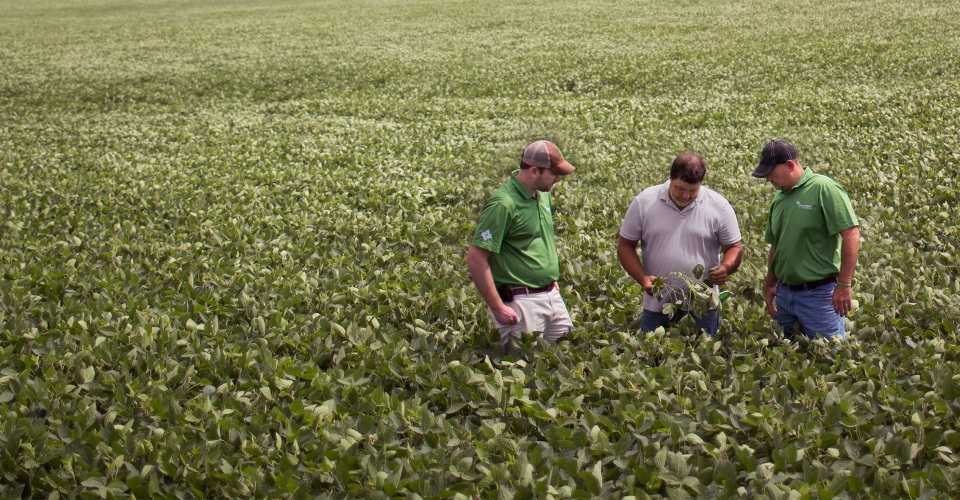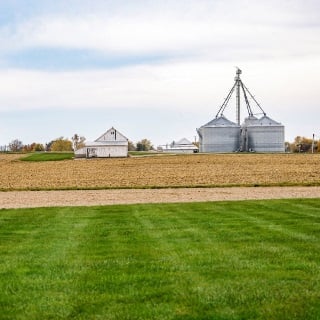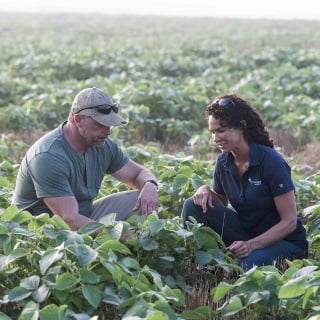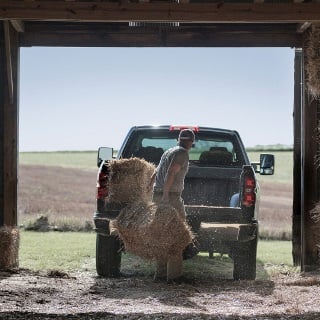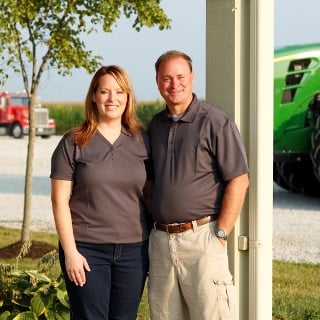Farmers know calculating working capital and cash burn rate are crucial components to understanding the financial situation of their operations. Having a good grasp of these two measures can help you prepare for lean years and assist in developing a cohesive risk management plan. If you haven’t done so recently, now is the time to revisit working capital and cash burn rate.
Working Capital
Working capital has a very simple definition: current assets minus current liabilities. However, it’s often oversimplified as the cash on hand for an operation. Working capital accounts for much more than just money in the bank: when working through your current assets, take stock of not only your cash on hand, but also any savings, outstanding checks from inventory that has been sold, feed, livestock, grain inventories, supplies and prepaid expenses. Liabilities to account for include all accounts payable, accrued taxes, credit card debt, payments to seed vendors (seed, fertilizer and chemical companies), any accrued interest and the principal portions of debt payment due in the next year. Working capital should function as a cushion for your farm, so understanding your working capital position gives you the knowledge and flexibility to make crucial decisions, while minimizing the risk to your operation.
Cash Burn Rate
Cash burn rate is calculated after the working capital position has been determined. Take the dollar amount of the working capital your operation has on hand and divide it by projected loss for the year. For example, if your operation has $300,000 of working capital but has an annual projected loss of $100,000, your burn rate is three years. Cash burn rate is a key financial measure because it indicates whether your operation is in a position of strength or a position of challenge. During a challenging ag economy, knowing your cash burn rate aids in making key financial decisions, including whether or not to refinance loans or if any fixed costs need to be better controlled.
There are a lot of different ways both working capital and cash burn rate are measured and weighed. Some universities may recommend measuring working capital as a ratio of assets over liabilities. Farm Credit Mid-America generally weighs working capital as a percentage of gross annual income. We consider a minimum working capital position to be approximately 20 percent of an operation’s gross annual income. Ideally, your operation should have enough capital on hand to withstand multiple years of losses. At a bare minimum, your operation should have enough working capital to cover one year of loss. A solid risk management plan that includes crop insurance can help make sure you maintain your working capital position even if the season doesn’t go as expected.
Working capital and cash burn rate may have simple definitions, but they carry big implications for your operation. Understanding and calculating these two measures means having a strong grasp on the financial situation of your operation and helps ensure its longevity.

